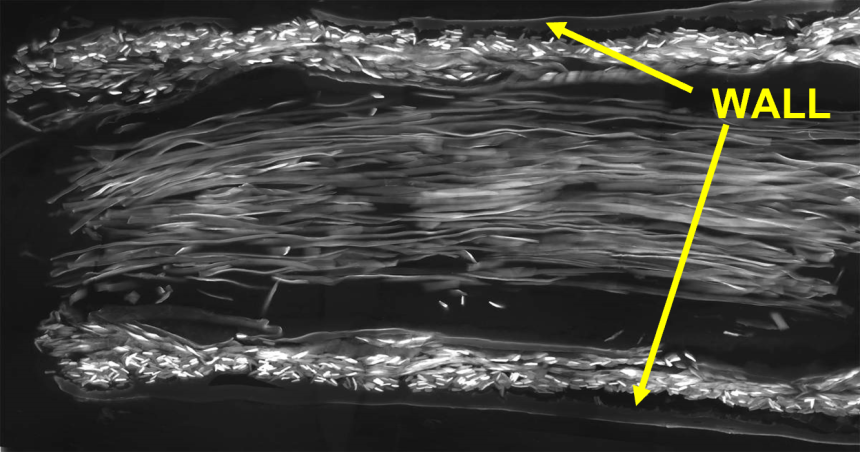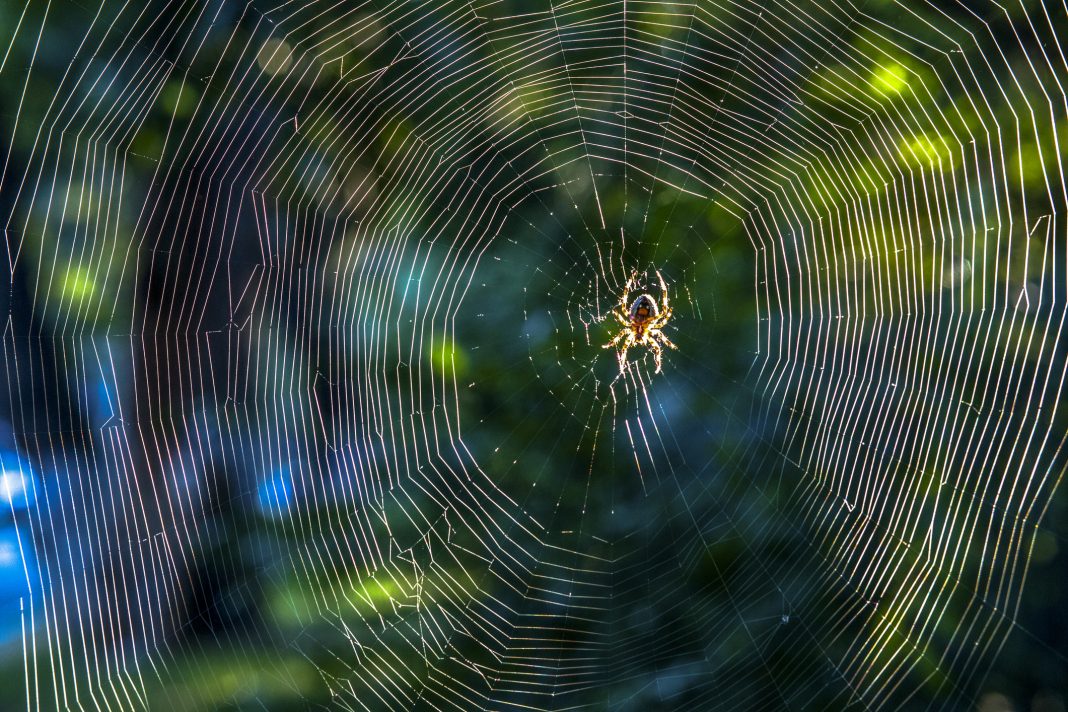Silk from silkworms and spiders can be used to repair severed nerves, researchers find, in a promising stride toward treatment for nerve injuries
Using natural materials for nerve guides has many advantages over synthetic substances and could significantly advance therapeutic options to treat nerve injuries.
Nerve guides, made of natural or synthetic materials, are an important surgical tool for nerve repair. Generally, these tubes are sutured to both ends of an injured nerve to guide the growth of nerve fibres and cells across the gap. However, these can only be used to bridge very small distances.
Aiming to help the regenerating tissue to orient itself and grow, researchers from the University of Oxford and MedUni Vienna used silkworm silk tubes supplied by Oxford Biomaterials Ltd to repair nerve injuries.
Why use these silks to repair nerve injuries?
Animal silks offer exceptional mechanical and biological properties. Spider silk, for instance, degrades over time and produces hardly any immune response in animal models. While also being highly abundant, a single harvest from an orb-web spider can yield around 10 metres of silk, enough to fill a 10mm long nerve guide.
Additionally, the porous structure of the tube walls made from silkworm silk presents versatile possibilities to incorporate bioactive molecules, such as growth factors, to promote nerve regeneration over longer distances.

Professor Fritz Vollrath (Department of Biology), a co-founder of Oxford Biomaterials and a co-author on this study, said: “Animal silks offer exceptional mechanical and biological properties and versatile manufacturing possibilities to assist the re-engineering of tissue.
“Our advanced silk-in-silk nerve guides combine the excellent ability of silkworm silk to be processed into three-dimensional structures with the outstanding cell adhesion qualities of spider dragline silk.”
Developing a nerve guide using two different types of natural silk
The research team developed a novel type of nerve guide using two different types of natural silk. The tube wall was manufactured from silk produced by silkworms (Bombyx mori), and the inside was filled with dragline silk fibres from golden orb-web spiders (Trichonephila edulis).
Tested in rats whose right sciatic nerve had been cut, the tubes created a 10 mm gap, which allowed damaged nerves to adapt to the novel silk nerve guides and grow along the silk threads until the severed endings reconnected.
Damaged nerves were able to adapt to the novel silk nerve guides and grow along the silk threads until the severed endings reconnected
Using advanced microscopy techniques to analyse the healing process in detail, they found that nerve regeneration happened because nutrients and waste materials were exchanged, and the silk tubes had a highly porous structure.
However, research notes that both types of silk had to be used to aid nerve regeneration. When nerve injuries were repaired using empty silk tubes, without the spider silk filling, the nerve fibres grew more slowly and were less organized.
Developing silk nerve guides to treat nerve injuries in humans
Current methods in treating human nerve injuries with large gaps include grafting nerves harvested from other areas of the patient’s body, known as autografts. But this process isn’t perfected yet, and there is a limited availability of donor nerves.
As well as long operations, and the possibility of further harm for the patient, human nerve regrowth needs to be further explored, which leaves a possibility for animal silks.
Dr Alex Woods, a trauma orthopaedic surgeon at Oxford University Hospitals, said: “Peripheral nerve injuries have a devastating impact on patients worldwide.
“This study provides further evidence of the incredible regenerative properties of silk within the nervous system and demonstrates its exciting utility and potential as a material to address the unmet clinical need for an ‘off-the-shelf’ technology to treat nerve injuries.”











